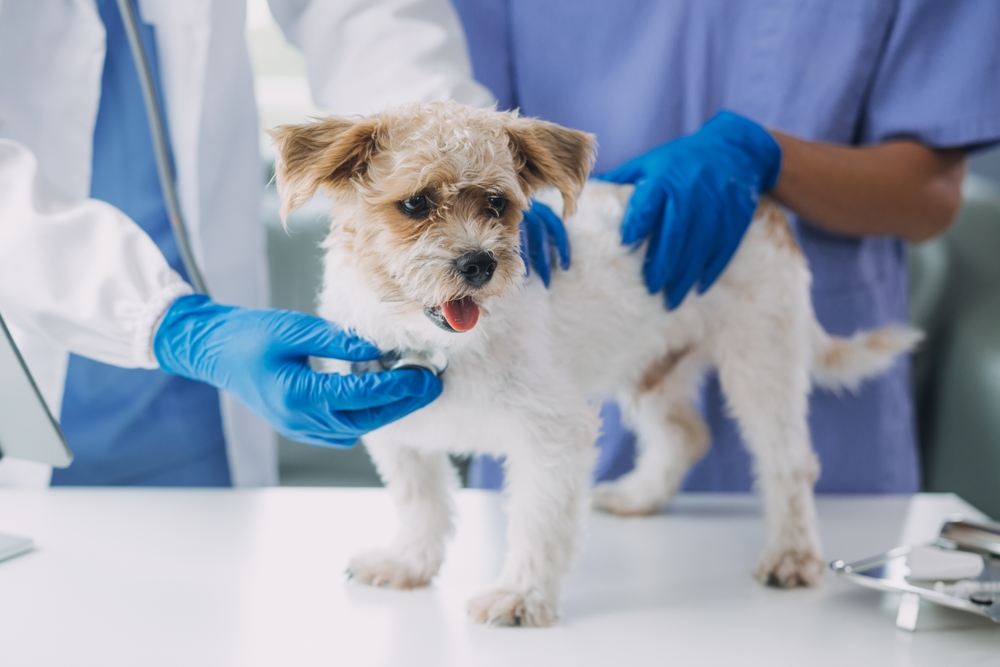
Your animal companion enriches your life with joy and love. Naturally, you wish for their health and happiness to last a lifetime. This is why regular checkups are important for your furry friend. They can prevent and detect many health problems before they become severe or costly.
Frequency of Veterinary Exams
The checkup frequency depends on several factors, such as your pet’s age, breed, lifestyle, and health history. A good guideline is to visit the vet with your pet for a regular checkup at least once a year. Both dogs and cats need this, whether they live inside or outside.
Your pet may require more vet visits if they suffer from chronic problems like diabetes, arthritis, or allergies. Puppies and kittens should also see the vet more often. This is because they need vaccinations and deworming every few weeks for about four months. Senior pets should have biannual exams. They are more likely to get age-related problems, such as dental disease, kidney failure, or cancer.
What to Expect
A veterinary exam consists of four main components: history taking, physical examination, diagnostic tests, and recommendations.
History Taking
The first part of the exam entails the vet asking you questions about your pet’s health and behavior. This helps them better understand your pet’s lifestyle, diet, activity level, vaccination status, and any signs of illness or injury. Be thorough and honest when answering these questions. It will help the vet assess your pet’s health and tailor their care accordingly.
Physical Examination
The second part of the exam is when the vet examines your pet from head to tail. They will check your pet’s temperature, pulse, and respiration rate. They will look for any signs of pain, infection, inflammation, parasites, or abnormalities.
The vet may use different tools to examine your pet, such as a stethoscope, an otoscope, a thermometer, a scale, or a flashlight. They may also palpate your pet’s organs and bones to check for lumps, bumps, or swelling.
The physical exam is usually quick and painless for your pet. However, some pets may be nervous or scared during the visit. You can reach out and talk to your pet in a soothing tone. Give them rewards or praise to help them feel more at ease.
Diagnostic Tests
The third part of the exam is when the vet may perform some diagnostic tests on your pet. These tests help confirm or rule out health problems that may not be obvious from the history taking or physical examination. Some of the standard tests performed include:
Blood tests
Urine tests
Fecal tests
X-rays
Ultrasound
ECG
Not all pets need all these tests at every visit. The vet will decide which tests are necessary based on your pet’s age, breed, health status, and symptoms.
Recommendations
The fourth and final part of the exam is when the vet gives you some recommendations for your pet’s health and well-being. These may include:
Vaccinations
Parasite prevention
Nutrition
Dental care
Behavior
Exercise
Depending on your pet’s specific needs and goals, the vet may also give you other recommendations. For instance, they may refer you to a specialist if your pet needs more advanced care or treatment.
Conclusion
Regular exams are essential for your pet’s health and happiness. They can prevent and detect many health problems before they become severe or costly. They can also aid in giving your animal friend the finest care possible.
For more information on veterinary exams, visit Dr. Mike’s Affordable Vet Care at our Arlington, Texas, office. Call (817) 663-8160 to schedule an appointment today.









